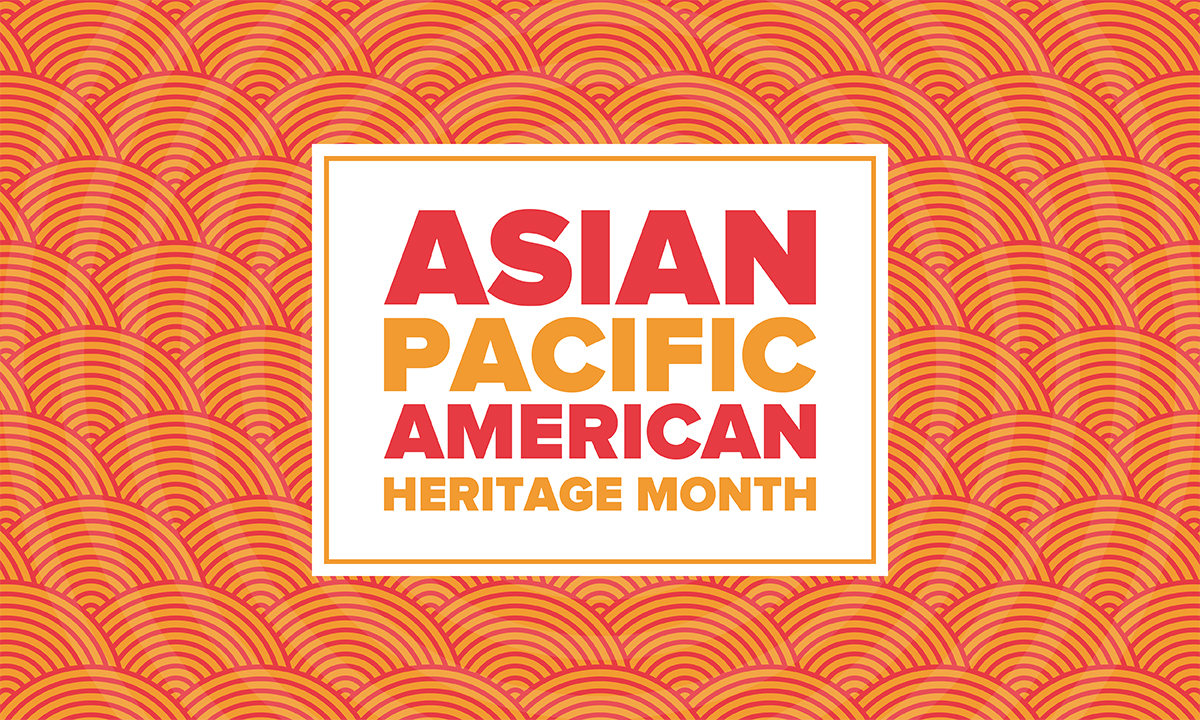Students in Fresno Unified School District’s Hmong Dual Language Immersion (DLI) program spend time each day learning in English and in Hmong. Two elementary schools currently participate, serving 338 students.
“We have already prepared our pathway for expansion into middle school to welcome our Hmong DLI students to Sequoia Middle School in the 2024–25 school year,” said Sandra Toscano, instructional superintendent. “As we grow our middle school and high school Hmong DLI pathway, we will continue to explore the possibilities of adding additional schools.”
Launched in 2018, the program was created in response to feedback received during the 2015 Master Plan process. Community members were concerned that young people were losing the ability to speak Hmong. Pew Research Center, Fresno is the metropolitan area with the second-largest Hmong population in the U.S., as of 2019.
“Fresno Unified knows that our city is home to many Hmong families,” Toscano said. “As a result, Hmong students are represented across our district. In the Hmong culture, preserving language is a key feature that allows families to stay connected and preserve their rich culture and heritage. We know culture is strongly connected to identity, and Fresno Unified is committed to valuing our students and families by providing them with the opportunity to preserve their native language, add the Hmong language, and learn about the culture.”
Asian American and Pacific Islander Heritage Month, celebrated in May, is a time to reflect on the importance of programs like Fresno USD’s that recognize the contributions that AAPI people have made in the U.S., and for taking steps to help preserve a language and culture that is locally significant.
The district is one of just a handful across the country that offers a Hmong DLI program, which has led to the creation of materials district leaders can share with others.
“Despite the lack of Hmong curriculum or resources that currently exists to serve our Hmong DLI programs, Fresno Unified has led the way by internally developing the curriculum that is used in our Hmong DLI program,” Toscano said. “We continue to build this curriculum internally and look for opportunities to partner in collaboration with districts that share our commitment to building successful Hmong DLI programs to serve our communities.”
The program uses the 50-50 model, meaning half of students’ instructional day is delivered in Hmong and half in English. “This model was most conducive to resources available in Hmong language as our DLI Team develops the Hmong curriculum for the program,” according to Toscano.
The district has identified multiple benefits to having students involved in DLI programs. “When students are engaged in learning a second language that is also connected to culture, there are many benefits we see,” Toscano said. “There is a cognitive advantage in learning a second language and we have seen this in the higher academic performance levels of our students enrolled in our DLI programs, when compared to peers in non-DLI settings. Additionally, our students are better prepared for the global economy and have greater opportunities in the job market. Students also gain a greater appreciation for their culture and other cultures.”
Initiatives like the DLI program are valuable for all students who choose to participate.
“When students see the culture and the language they bring are valued, they feel a greater connection to their school, which benefits their learning and overall experience,” Toscano noted. “For students that come from homes that do not speak Hmong, our program offers them an enriching experience that provides them the gift of learning a second language. This supports our goal of increasing bilingualism and biliteracy for our students.”
Toscano recognized Fresno USD’s school board for its commitment to the program.
“We are very fortunate to have a school board and district that not only supports our language programs but understands the value and benefit these programs provide our students and families,” Toscano said. “Many of our language programs and their expansion have been developed with the encouragement of our school board. This support is essential because opening language programs often requires investments in funding, staffing, resources and facilities.”





